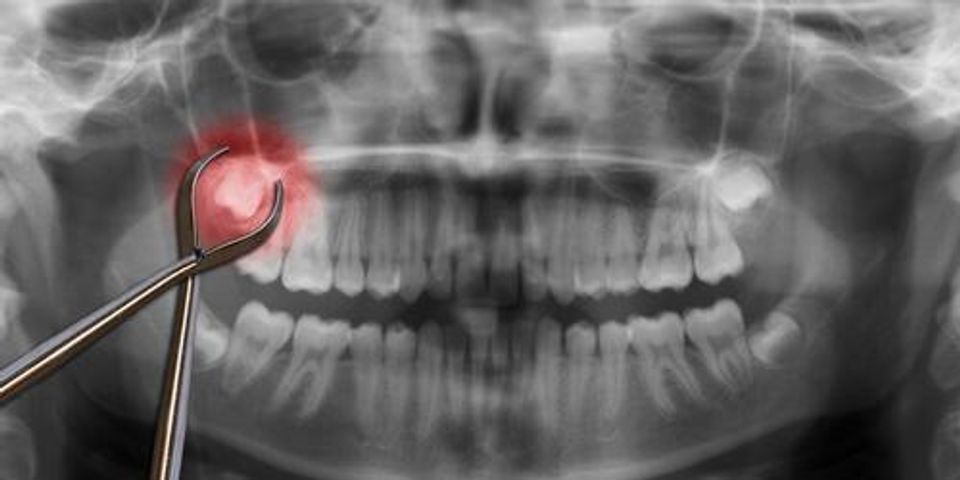What to Expect Before, During & After a Tooth Extraction

Whether you have an infected tooth that can’t be addressed through root canal therapy or have impacted wisdom teeth, your dentist may have recommended a tooth extraction. It sounds intimidating and painful, but the procedure is relatively simple and involves minimal discomfort thanks to anesthetic and sedation. Knowing what to expect before, during, and after a tooth extraction can make the process much less intimidating. Here’s a closer look at those three aspects.
Before Surgery
Except in the case of wisdom teeth, tooth extraction is generally considered a last resort option. Prior to suggesting it, your dentist will explore all other possibilities to repair your tooth and eliminate your pain. If tooth extraction is the only viable option, they will conduct a thorough exam, which may include X-rays and other images to provide the most precise treatment possible.
They’ll ask you for your complete dental and medical history, including any past surgeries and current medications, as these can impact the procedure. The dentist may prescribe an antibiotic to take before or after surgery to reduce your risk of infection.
During the Tooth Extraction Procedure
 Prior to beginning, the dentist will thoroughly numb the tooth and surrounding gums and jaw with a local anesthetic to ensure the procedure is pain-free. They may also provide you with a mild to moderate sedative depending on the type of extraction. You won’t be unconscious during the process, but you will feel completely relaxed and may have little memory afterward.
Prior to beginning, the dentist will thoroughly numb the tooth and surrounding gums and jaw with a local anesthetic to ensure the procedure is pain-free. They may also provide you with a mild to moderate sedative depending on the type of extraction. You won’t be unconscious during the process, but you will feel completely relaxed and may have little memory afterward.
To extract an exposed tooth, the dentist will rock it back and forth, loosening it from the socket before using forceps to pull it free. For impacted wisdom teeth that are still beneath the gum line, they’ll make a small incision in the gums before completing the same steps for an exposed tooth. If necessary, they’ll stitch up the incision with sutures.
Post-Surgery
You’ll be asked to gently bite down on gauze for about 30 minutes following surgery to aid in blood clot formation. If you received any sort of sedation, you’ll need another adult to drive you home. The dentist will provide you with a prescription for pain medication and other detailed instructions. In addition to pain medicine, you can also take anti-inflammatory medication and use ice to reduce swelling.
Choose soft, cool foods for the first few days, and don’t drink out of a straw or spit for at least 24 hours, as this could dislodge the blood clot and delay healing. Don’t brush your teeth or use a mouthwash for the first 24 hours, and after this period, brush gently and avoid the extraction site.
If you have a badly decayed or damaged tooth or are experiencing pain from impacted wisdom teeth, you may need to consider tooth extraction. The dentists at Kaimuki Dental Group in Honolulu, HI, are committed to providing conservative dentistry solutions, but they understand that sometimes extraction is the only viable option. Their goal is to restore your dental health through preventative and restorative dentistry practices, which include general cleanings, exams, and restorations like dental crowns. Call their office at (808) 737-7905 to schedule an appointment, and visit their website to explore their services in more detail.
About the Business
Have a question? Ask the experts!
Send your question

